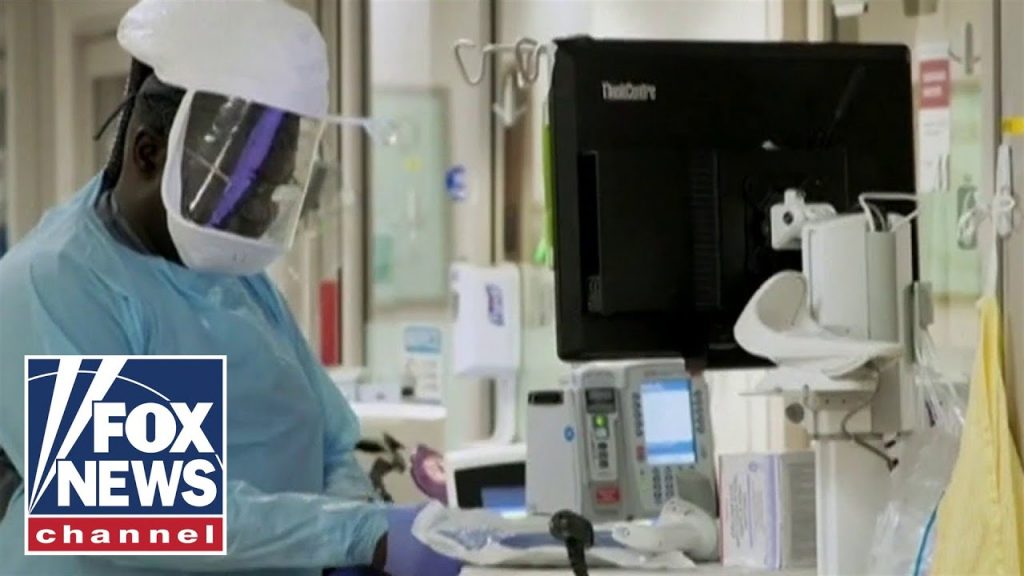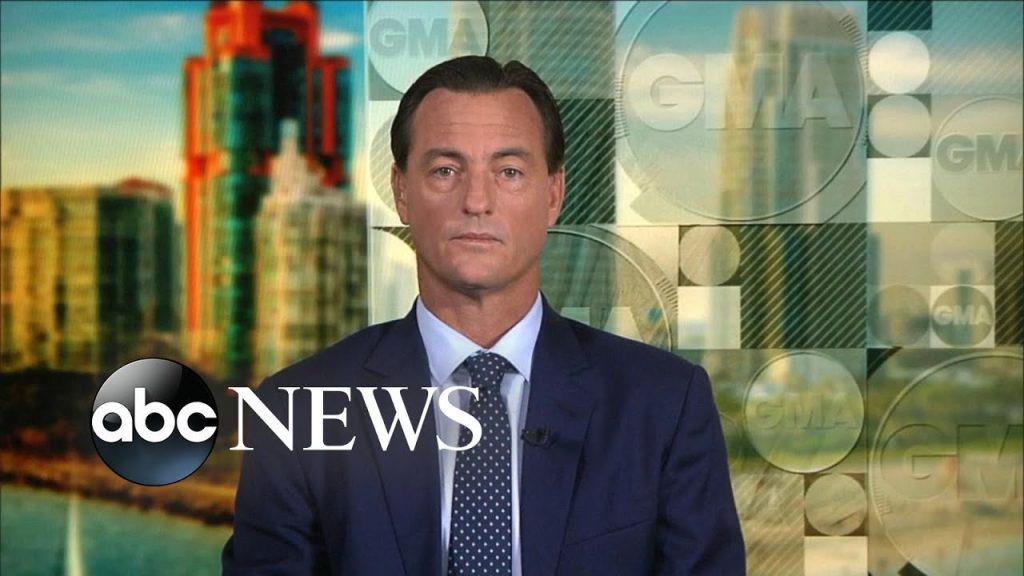CDC Pulls Down Guidance On Airborne Covid Spread

CDC
The CDC pulled down a message it says was posted in error over the weekend, which stated that Covid-19 can spread through aerosolized droplets.
What was the guidance on airborne transmission of Covid-19 that was removed from the CDC website, and why was it removed?
The Centers for Disease Control and Prevention (CDC) recently removed guidelines on airborne transmission of Covid-19 from its website. The move sparked controversy and confusion, as many people rely on the CDC for information and recommendations regarding the pandemic.
The guidance in question was posted on the CDC website on September 18th, stating that smaller airborne particles could remain in the air and infect people who were more than six feet away from an infected individual. The guidance recommended measures such as improved ventilation and the use of air purifiers to reduce the risk of airborne transmission.
However, on September 21st, the CDC removed the guidance, stating that it was a draft version that had not been thoroughly reviewed and cleared for publication. The agency’s statement said that the guidance was being revised and would be posted soon after it had been properly reviewed.
The CDC’s decision to pull down the guidance was met with criticism from public health experts and politicians, who saw it as a sign of political interference in public health messaging. Many health experts had been advocating for greater emphasis on airborne transmission as a major mode of Covid-19 spread, and had appreciated the clarity provided by the CDC guidance.
Others pointed out that the removal of the guidance could create confusion among the public and undermine their trust in the CDC. The agency has already faced criticism for changing its recommendations on mask wearing and other issues throughout the course of the pandemic.
Despite the controversy, the CDC has maintained that it is committed to providing accurate and up-to-date information on Covid-19, including guidance on how it spreads and how to prevent it. The agency has said that it will continue to review and update its guidance as new information becomes available.
In the meantime, experts have advised the public to take precautions such as wearing masks, practicing social distancing, and improving ventilation in indoor spaces to reduce the risk of airborne transmission. While the scientific understanding of Covid-19 is still evolving, it is clear that the virus can spread through the air, and that taking steps to limit exposure to infected aerosols is essential in controlling the spread of the pandemic.









You Will Not Like What Comes After This – Coronavirus, Covid-19 & Freedom
U.S. officials recover $2.3 million in crypto used to pay ransom in Colonial Pipeline hack
Bill Clinton accuser reacts to his dismissive excuses in Hulu documentary
Coronavirus: Italy extends emergency measures nationwide
U.S. first lady Melania Trump statue set on fire in Slovenia